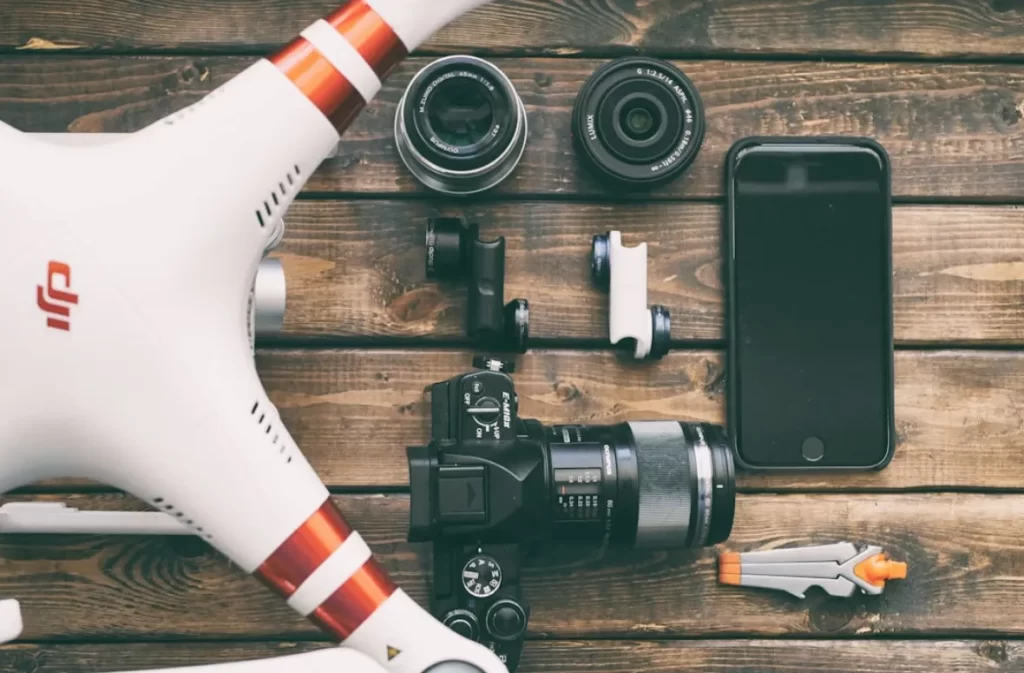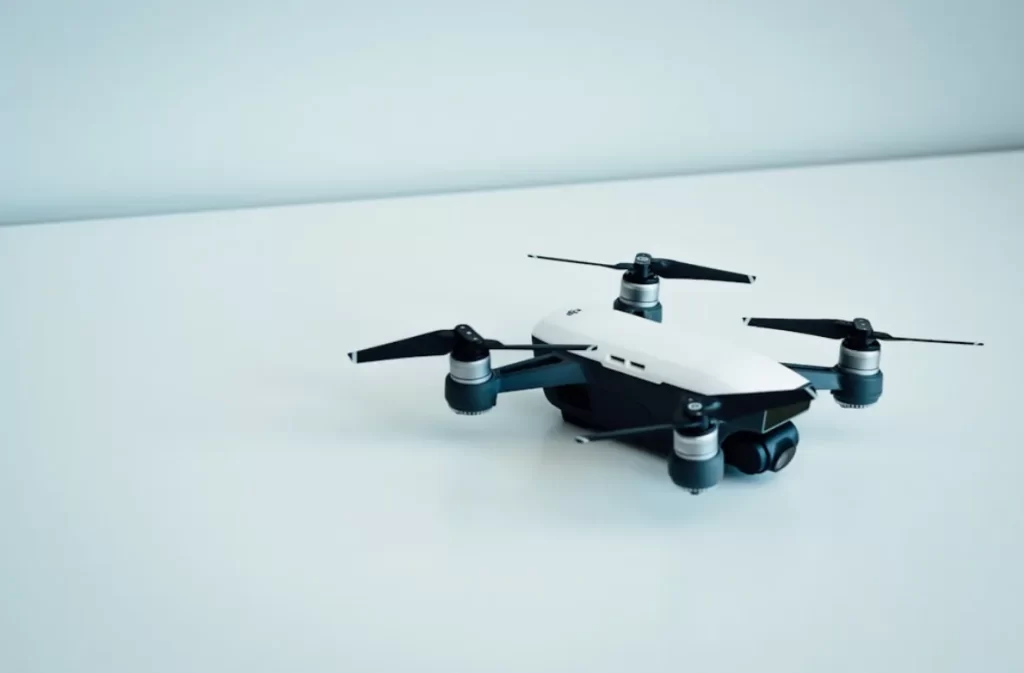In recent years, drone technology has transformed agriculture into film production industries. With the rise of Design Technologies and Drone advancements, drones are not just tools; they are becoming more intelligent, efficient, and capable of performing complex tasks. These innovations are reshaping how we think about crewless aerial vehicles (UAVs), allowing students, hobbyists, and professionals to create and collaborate in exciting new ways. As these drones evolve, their potential in P.C.S. (Pilot Control Systems) technology is leading the way.
What is a Design Technologies Drone?
Technologies Drone refers to the latest drone creation and management developments, focusing on improving the overall performance, control, and user experience. These innovations are geared towards making drones more accessible to a broader range of users, from beginners to experts, while boosting the reliability of the hardware and software that controls them. Technologies Drone solutions are designed to make UAVs smarter, safer, and more intuitive.
Key Innovations in Drone P.C.S. Tech
Advanced Pilot Control Systems (P.C.S.)

One of the most significant leaps in Technologies Drone innovation is the advancement of pilot control systems (P.C.S.). These systems allow users to control drones with greater precision and ease. The latest P.C.S. includes innovations in propulsion systems that improve drone efficiency. technology includes intuitive controls, such as smartphone integration and voice commands, making it easy for beginners to pilot a drone smoothly. With these systems, users no longer need extensive training to operate drones, making them more accessible for educational purposes and creative projects.
Also Read: Exploring the Impact of Informative DigitalNewsAlerts In The World
Autonomous Navigation and Smart Sensors
Another major innovation in the Technologies Drone field is incorporating autonomous navigation and intelligent sensors, along with advanced propulsion systems. These drones have cutting-edge technology to detect and avoid obstacles, adjust their flight paths in real-time, and operate autonomously in complex environments. With these smart sensors, drones can deliver goods, inspect infrastructure, and capture aerial footage autonomously with minimal human intervention. This technology enhances safety and allows drones to work in complex environments, such as crowded urban spaces or disaster zones.
Empowering Students with Technologies Drone

One of the most exciting aspects of the rise of Technologies Drone innovations is their application in education. Drones have become valuable tools for teaching students about robotics, engineering, and programming. Using drones, students can develop practical skills in a hands-on environment, working together on real-world problem-solving projects. The simplicity of modern pilot control systems means that even younger students can learn to pilot and program drones, unlocking a new world of creativity and learning.
Collaboration in Aerial Robotics is enhanced by the integration of advanced propulsion systems.
The innovations in Technologies Drones also encourage collaboration in aerial robotics. Drones are no longer limited to individual pilots; they are now used in group settings where students and professionals can collaborate on aerial projects, utilizing advanced propulsion systems for enhanced performance. Whether capturing breathtaking footage for a film project or conducting a scientific experiment, drones offer endless possibilities for teamwork. These collaborative efforts are enhanced by user-friendly P.C.S. tech that allows multiple drones to be coordinated simultaneously, creating a synchronized aerial performance or data collection effort.
Sustainability and Eco-Friendly Innovations in Drone Technology
The future of Technologies Drone also embraces sustainability. Drones are becoming more energy-efficient, using renewable energy sources like solar power to extend their flight time and reduce their environmental impact. This shift toward eco-friendly drones is a significant trend toward greener technology across various industries. These drones help promote sustainability while maintaining high performance by minimizing energy consumption and optimizing battery life.
The Future of Design Technologies Drone and P.C.S.

As drone technology continues to evolve, the future of Design Technologies in drones looks promising, particularly with advancements in propulsion systems and autonomous navigation. Innovations in pilot control systems are expected to become even more advanced, offering users greater control and autonomy. Drones may soon become fully integrated into everyday tasks, from delivering groceries to mapping agricultural fields, thanks to advancements in propulsion systems. With continued advancements in P.C.S. tech, we can expect drones to become an essential part of daily life, helping individuals and industries achieve their goals with precision and efficiency.
How Design Technologies Drone is Shaping the Future with autonomous navigation and efficient propulsion systems.
The world of drones is undergoing a revolution, thanks to the continuous improvements in Design Technologies and Drone innovations. By enhancing pilot control systems, introducing intelligent sensors, and empowering students to explore aerial robotics, these innovations are changing the way we interact with and use drones. We can look forward to drones playing even more as the technology progresses.




